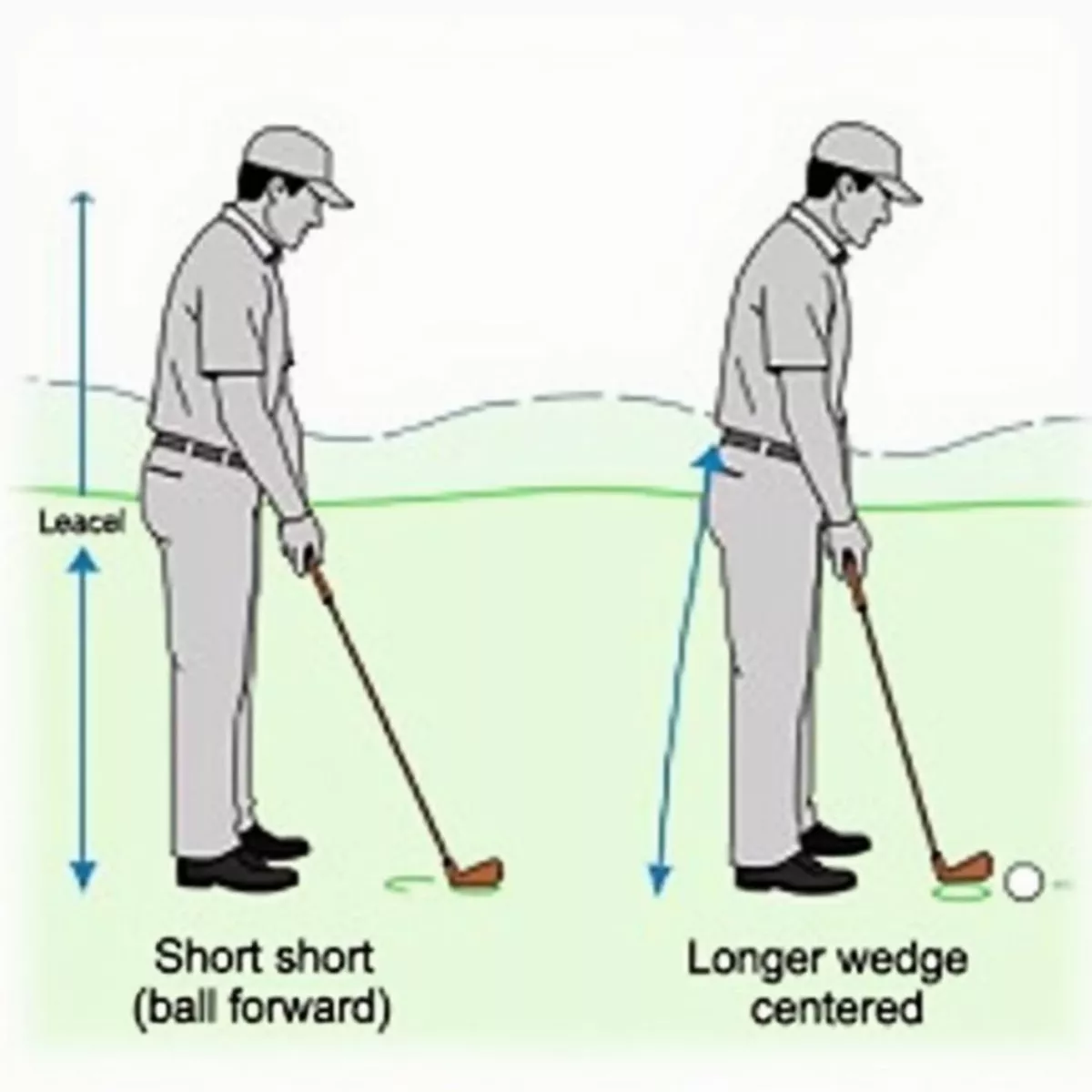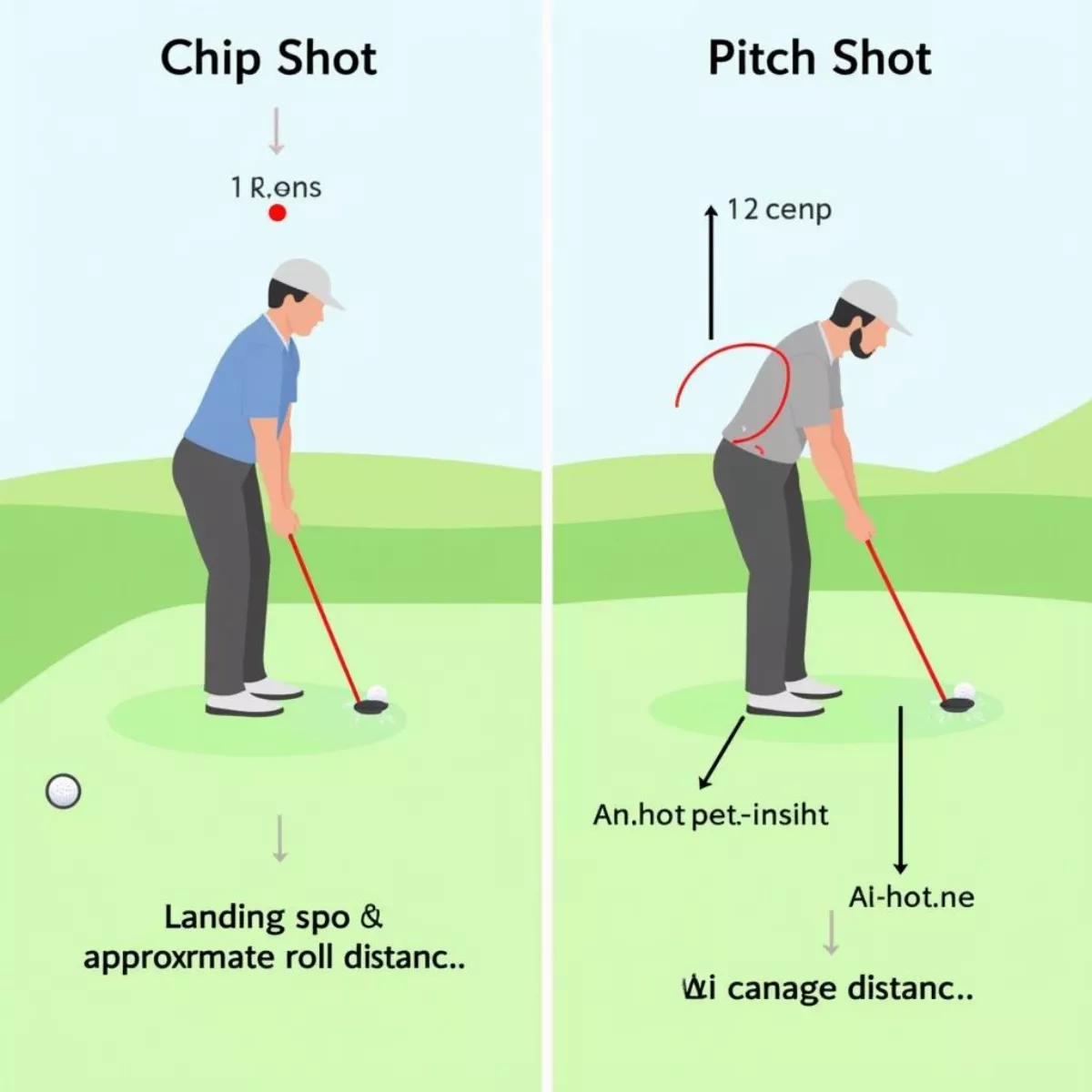Hitting a wedge is an art in golf, bridging distance and precision as you approach the green. Whether you’re an avid golfer or a weekend warrior, mastering wedge shots can dramatically improve your game. In this guide, we will discuss everything from the fundamentals to advanced techniques for hitting a wedge, focusing on key aspects to help you confidently navigate your next round of golf.
Understanding the Wedge
Before we dive into the details of hitting a wedge, let’s take a moment to understand what a wedge is. Wedges are specialized clubs designed for short, high-trajectory shots, ideal for getting the ball onto the green quickly and accurately. There are several types of wedges, including:
- Pitching Wedge (PW): Typically has loft angles between 44 and 48 degrees, used for longer approach shots.
- Gap Wedge (GW): Offers loft angles between 50 and 54 degrees, filling the gap between a pitching wedge and a sand wedge.
- Sand Wedge (SW): Features loft angles between 54 and 58 degrees, primarily used for bunker shots and short approaches.
- Lob Wedge (LW): Possesses the most loft, typically between 58 and 64 degrees, suitable for high, short shots.
Understanding the specifications of these wedges can lead to better decision-making on the course.
 Types of Golf Wedges
Types of Golf Wedges
Key Techniques for Hitting a Wedge
1. Grip and Stance
The right grip and stance set the foundation for a successful wedge shot. Here’s how to get it right:
- Grip: Aim for a neutral grip. Hold the club with your fingers, not your palms. Your grip pressure should be firm but relaxed to allow for fluid motion.
- Stance: Position your feet shoulder-width apart and align your body parallel to the target line. The ball should be slightly forward in your stance, closer to your front foot.
2. Ball Position
The position of the ball in relation to your stance can significantly affect the trajectory and spin of your shot. For shorter wedges, position the ball slightly forward to help achieve a higher launch. For longer wedge shots, aim to have the ball in the center of your stance.
 Golf Ball Position for Wedge Shots
Golf Ball Position for Wedge Shots
3. Swing Mechanics
Achieving the perfect swing for your wedge shots involves several steps:
- Takeaway: Start with a smooth takeaway, keeping the club low to the ground for the first part of the swing. Your wrists should hinge naturally as the club rises.
- Backswing: A shorter backswing is ideal for wedge shots. Aim for a 3/4 swing, making sure the club rises to shoulder height while maintaining balance.
- Downswing: Initiate the downswing with your lower body. This will generate power while keeping your upper body relaxed.
- Follow-through: Your follow-through should be in line with the target. A full finish will ensure a good swing path, contributing to distance and accuracy.
4. Focus on Touch and Feel
Touch and feel play crucial roles in wedge shots. Practicing different distances and lies will help build muscle memory and touch. When approaching greenside shots, try hitting different types of shots, such as:
- Chip Shots: Used for short distances with minimal elevation, focusing more on roll than height.
- Pitch Shots: For shots that need more loft than a chip but less than a full swing.
 Golf Chip Shot vs. Pitch Shot
Golf Chip Shot vs. Pitch Shot
5. Practice with Purpose
The best way to master hitting a wedge is through consistent practice. Dedicate time to hone your wedge game on the range:
- Spend time hitting various distances using different wedges, aiming to develop precision.
- Work on control by trying to land the ball within a set target area.
- Use alignment sticks to ensure proper alignment during your practice sessions.
6. Analyze Your Shots
After your practice, take time to analyze your performance. Consider using technology such as swing analyzers or engaging with a professional coach for personalized feedback.
Key Takeaways
- Grip and Stance: Maintain a neutral grip and proper stance to set a stable foundation.
- Ball Position: Place the ball slightly forward for shorter wedges and centered for longer approaches.
- Swing Mechanics: Use a shorter backswing, generate power from your lower body, and ensure a full follow-through.
- Touch and Feel: Develop touch through deliberate practice focusing on distance and lie variations.
- Practice with Purpose: Regular, structured practice will lead to steady improvement.
Frequently Asked Questions
1. What is the best way to choose between different wedges?
Choosing the right wedge depends on your playing style and needs. Generally, a Pitching Wedge is great for approach shots, while a Sand Wedge is used for getting out of bunkers.
2. How far should I hit each wedge?
Distance varies for each individual, but a common estimation is:
- Pitching Wedge: 120-150 yards
- Gap Wedge: 110-130 yards
- Sand Wedge: 90-110 yards
- Lob Wedge: 60-90 yards
3. How can I hit a wedge with more spin?
To increase spin on your wedge shots, focus on clean contact, use a premium golf ball designed for spin, and ensure you have the correct angle of attack.
4. What should I do if I struggle with consistency in my wedge shots?
If you’re struggling with consistency, consider working with a golf instructor to refine your technique, and pay particular attention to your grip and stance.
 Golfer and Instructor Analyzing Swing
Golfer and Instructor Analyzing Swing
5. Can I use my wedge for every shot around the green?
While wedges are versatile, it’s crucial to assess the situation. Sometimes a putter or a 7-iron may be a better choice depending on the distance and type of shot required.
6. Should I focus on one type of wedge during practice?
For beginners, focusing on one type is beneficial. However, experienced players should practice different wedges to develop versatility.
7. What are some drills to help improve wedge play?
Drills such as “Around the World” (target practice), “Lag Putting” (distance control), and “Chipping with Purpose” (different lies) can help improve your wedge game.
8. Is it necessary to replace my wedges frequently?
Generally, wedges can last several years, but you should replace them when grooves wear down or if you’re hitting inconsistent shots.
9. What are the common mistakes golfers make with wedges?
Common mistakes include improper ball position, insufficient follow-through, and failing to adjust their swing for the specific wedge being used.
10. How do I practice wedge shots effectively?
Practice with a plan. Set specific targets, focus on different types of shots, and track your performance to see improvements over time.
By incorporating these techniques and tips, you’ll be well on your way to mastering your wedge game. Remember, practice makes perfect, and with time, hitting a wedge will become second nature. Happy golfing!

